Here’s what we’re expecting from Apple’s June event in 2024.
Apple will preview its latest software advances on June 10, 2024, at its annual WWDC event with iOS 18, iPadOS 18, macOS 15, tvOS 15, watchOS 11, and visionOS 2 developer betas likely to drop after the keynote, ahead of public launches this fall. Here’s what we expect from WWDC24.
iOS 18: Biggest iPhone Update or a Big Nothing Burger
There have been surprisingly few leaks about iOS 18 (codenamed “Crystal”), an AI-focused update Apple reportedly deems among the biggest iPhone updates ever. It could also end up being a big nothing burger, as the rumors went from Apple creating a generative AI chatbot to licensing existing chatbots from Google, OpenAI, and Baidu.
A writing assistant may complete your sentences in Pages and Messages. The Keynote app should build slides from prompts. And the Music app might automatically generate playlists.
You may be able to place Home Screen icons wherever you want, and there will be new accessibility shortcuts and Maps features. Apple has confirmed that the Messages app will gain RCS support to improve the messaging experience between iPhone and Android. Thankfully, iOS 18 is expected to be supported by the same iPhone models as iOS 17.
iPadOS 18: Another Take on iPad Multitasking?
The rumor mill has been uncharacteristically quiet regarding iPadOS 18, also codenamed “Crystal.” Of course, Apple is expected to infuse the iPad with the same AI-powered features as the iPhone, which could end support for older iPads powered by the A10X Fusion chip.
Don’t worry if you won’t be able to install iPadOS 18—you can always
repurpose your old iPad into the ultimate kid’s tablet
.
Though unconfirmed, iPadOS 18 may refine Stage Manager to encourage more people to use this controversial multitasking feature. We’re also holding our breath for true multi-account support on the iPad, a longstanding feature request.
macOS 15: The End of the Road for Intel-Based Macs
As has become a hallmark for macOS releases, there aren’t expected to be any revolutionary changes in macOS 15, codenamed “Glow.” The operating system may edge toward feature parity with iOS and iPadOS by implementing missing features such as widget stacks and a desktop interface for the Health app.
With macOS 14 Sonoma, Apple trimmed the device compatibility list for macOS 14. Given the AI features, we expect the macOS 15 system requirements to tighten further. We wouldn’t be surprised if macOS 15 were the last version to support Intel-based Macs.
We’re certainly hoping that Apple will continue streamlining other built-in apps in macOS to make different devices work even better together. We’ve love to see Apple match the usability of the old System Preferences app by fixing the confusing layout in System Settings (though considering the feature-parity push, this is unlikely).
If your Mac is starting to feel a little tired, a few
simple steps can help give it a whole new lease of life
.
watchOS 11: Taking a Back Seat With a Smaller Update
watchOS 10 only brought two notable features: the enhanced double-tap gesture and NameDrop. Bloomberg’s Mark Gurman describes watchOS 11 as a “minor update” with a bunch of quality-of-life enhancements but few new features.
We certainly expect Siri on watchOS 11 to be more responsive and useful, based on a new large language model. New health and fitness features also seem plausible but don’t expect visual changes because watchOS 10 updated the design across stock apps last year.
tvOS 18: Another Unimpressive Update
The software powering Apple TV and HomePod should support new Siri AI features, boost interoperability, and deepen AirPlay integration. Don’t expect significant visual changes in tvOS until a screen-equipped HomePod replaces touch controls with a proper user interface.
But don’t write tvOS off just yet! Surprises are certainly possible, as evidenced by more than a dozen improvements in the current tvOS 17 software, like bringing FaceTime to the big screen, implementing multiuser support and a dialogue-boosting feature, revamping the Control Center, adding support for VPN apps on your Apple TV, and more.
Siri 2.0 May Finally Be Able to Answer Complex Questions
Bloomberg’s Mark Gurman has learned that Siri will use Apple’s large language model to answer more complex questions, something we’ve been waiting for ages.
To that end, Apple is rumored to supercharge its Neural Engine coprocessor with significantly more cores. Doing so would enable Siri to use on-device processing to understand more queries without an internet connection than is currently possible.
Also, Siri should be more contextually relevant and able to perform complex, multistep tasks. While Apple’s assistant should see a significant leap in iOS 18, we’ll see if the improvements will be enough to change the public’s perception of Siri as the dumbest assistant of them all.
visionOS 2: Fixing Spatial Computing’s Teething Issues
The software powering the Vision Pro headset is barely one year old, but Apple isn’t standing still. With no rumors about new features, we expect visionOS 2 (codenamed “Constellation”) will focus on fixing many teething issues plaguing the current version.
For example, visionOS 1 doesn’t support app folders or Home Screen customization. Early adopters also want a better way to access the Notification and Control Center, and we’re rooting for greater interoperability with other Apple devices, including multiple display support for the Mac Virtual Display feature.
HomePod and AirPods May Get Small Audio Improvements
Every year, various computational audio enhancements hit AirPods and HomePod. The new audio features coming down the wire this year are guaranteed to require the enhanced Apple H2 chipset powering the second-generation USB-C AirPods Pro from 2022.
How do we know this? Because the writing has been on the wall since Adaptive Audio cut off all AirPods except the latest USB-C AirPods Pro from 2022.
There are so many AirPods Pro features that you’d be forgiven for missing a few, so we created a comprehensive
guide explaining all the controls, features, and gestures on your AirPods Pro
.
This is bad news for owners of AirPods Max, Apple’s $550 over-ear headphones with the H1 chip. Anyone not using the USB-C AirPods Pro will probably need to upgrade to enjoy new features coming this year.
New Hardware Announcements Possible
While WWDC is about software, sometimes Apple unveils new hardware at the event. Last year, it unveiled the Vision Pro, M2-powered Mac Studio and Mac Pro workstations, and a new 15-inch MacBook Air. This year’s WWDC might bring two new mid-range AirPods models and updated AirPods Max with USB-C, running the H2 chip to support the latest audio features.
WWDC Is Apple’s Biggest Event of the Year
New iPhone announcements still generate the most excitement, which is understandable given the iPhone is Apple’s most popular gadget. But even though WWDC is a software-focused event aimed at developers, it sets the tone for the next 12 months by introducing new features to the software platforms that power the company’s hardware.
Want to watch the show? Follow along on the Apple website, YouTube channel, and Developer app.

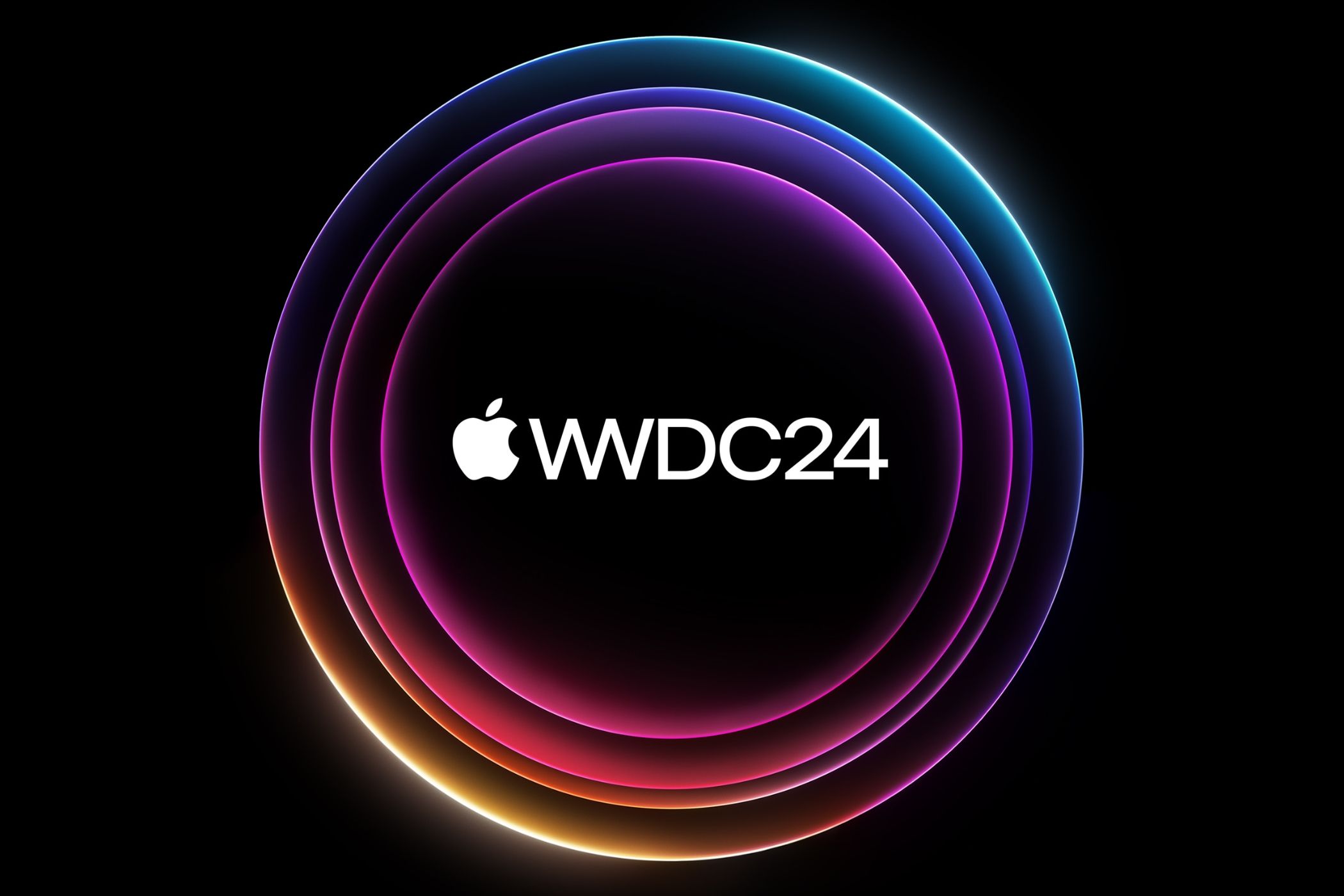
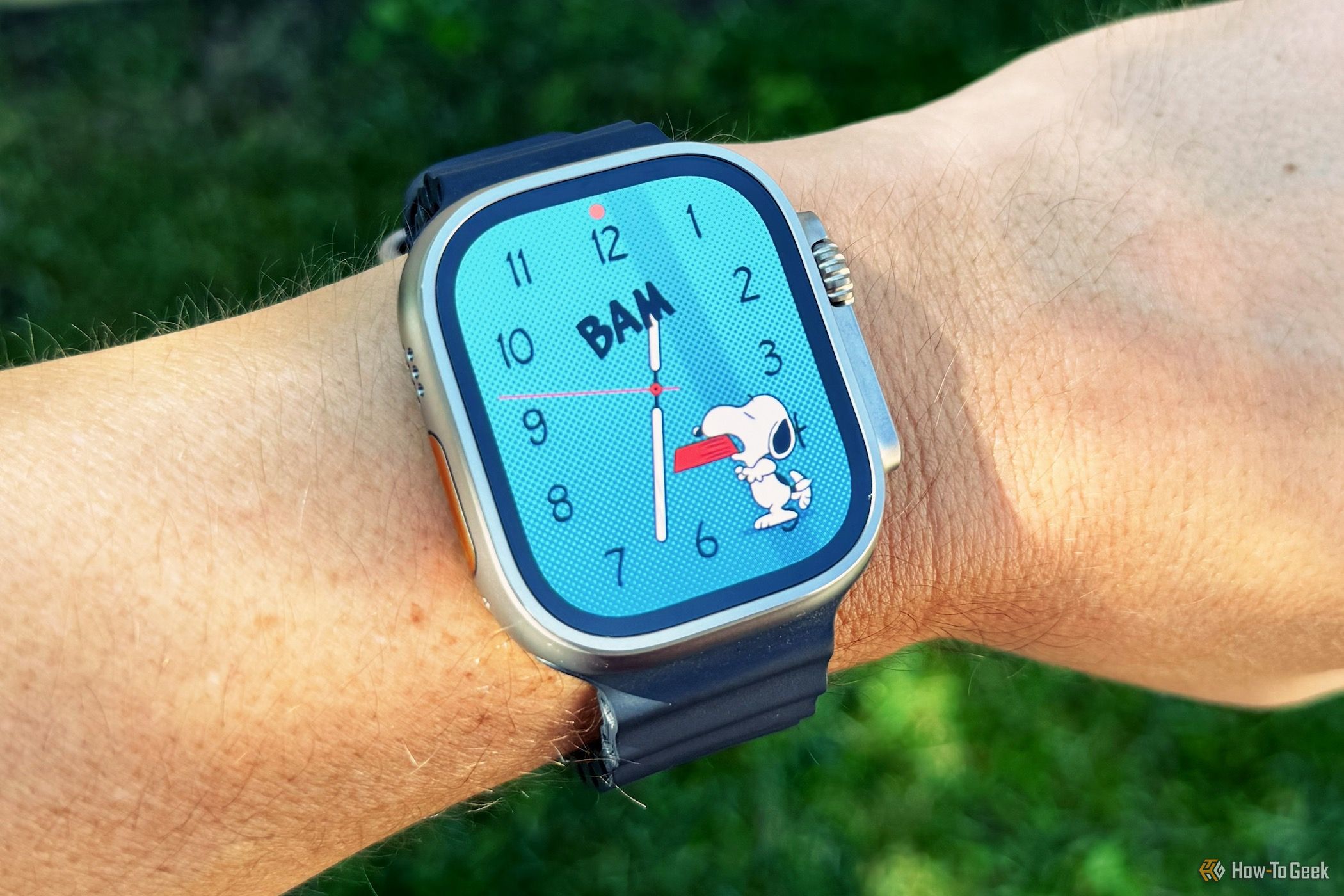
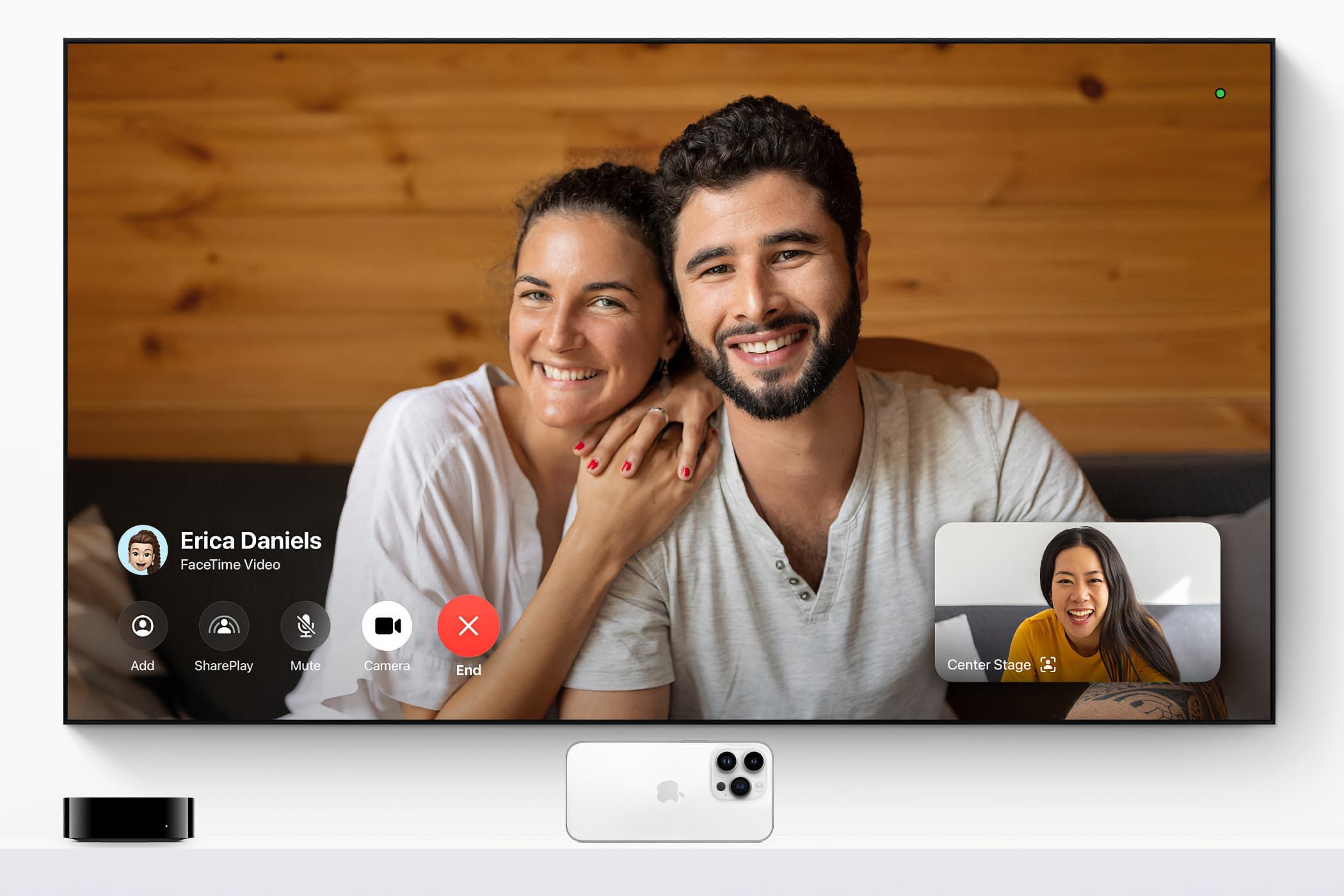
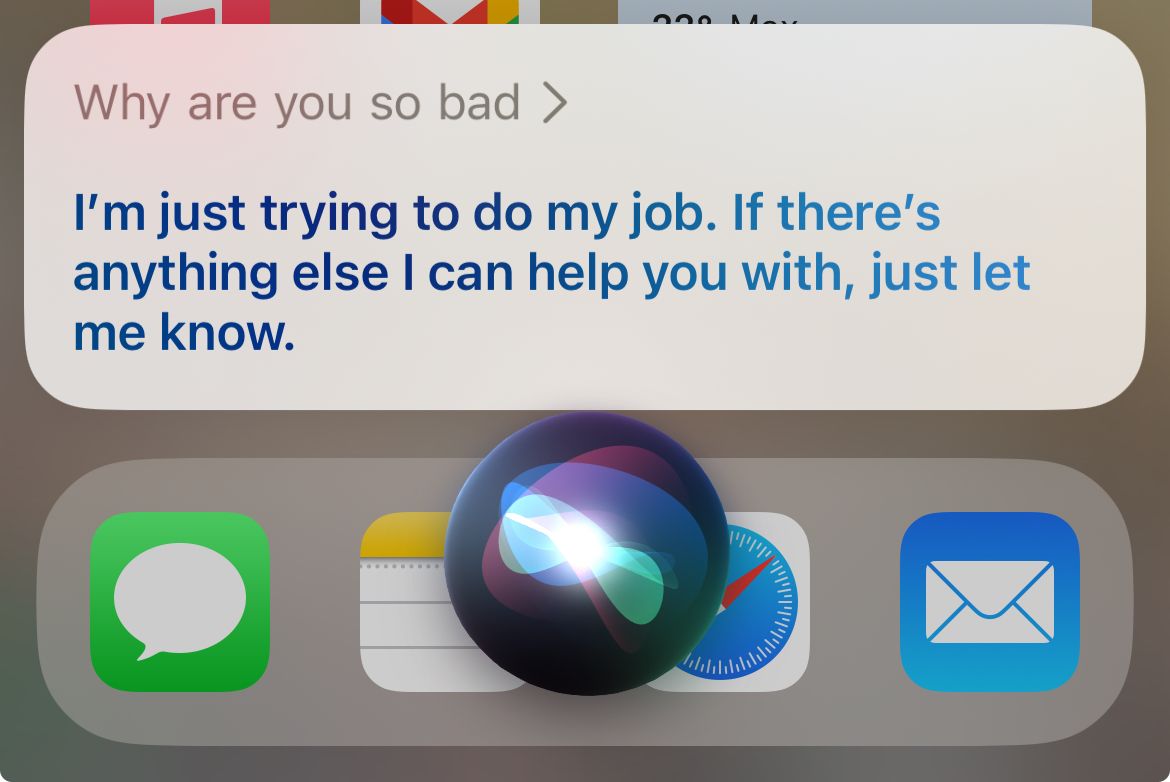
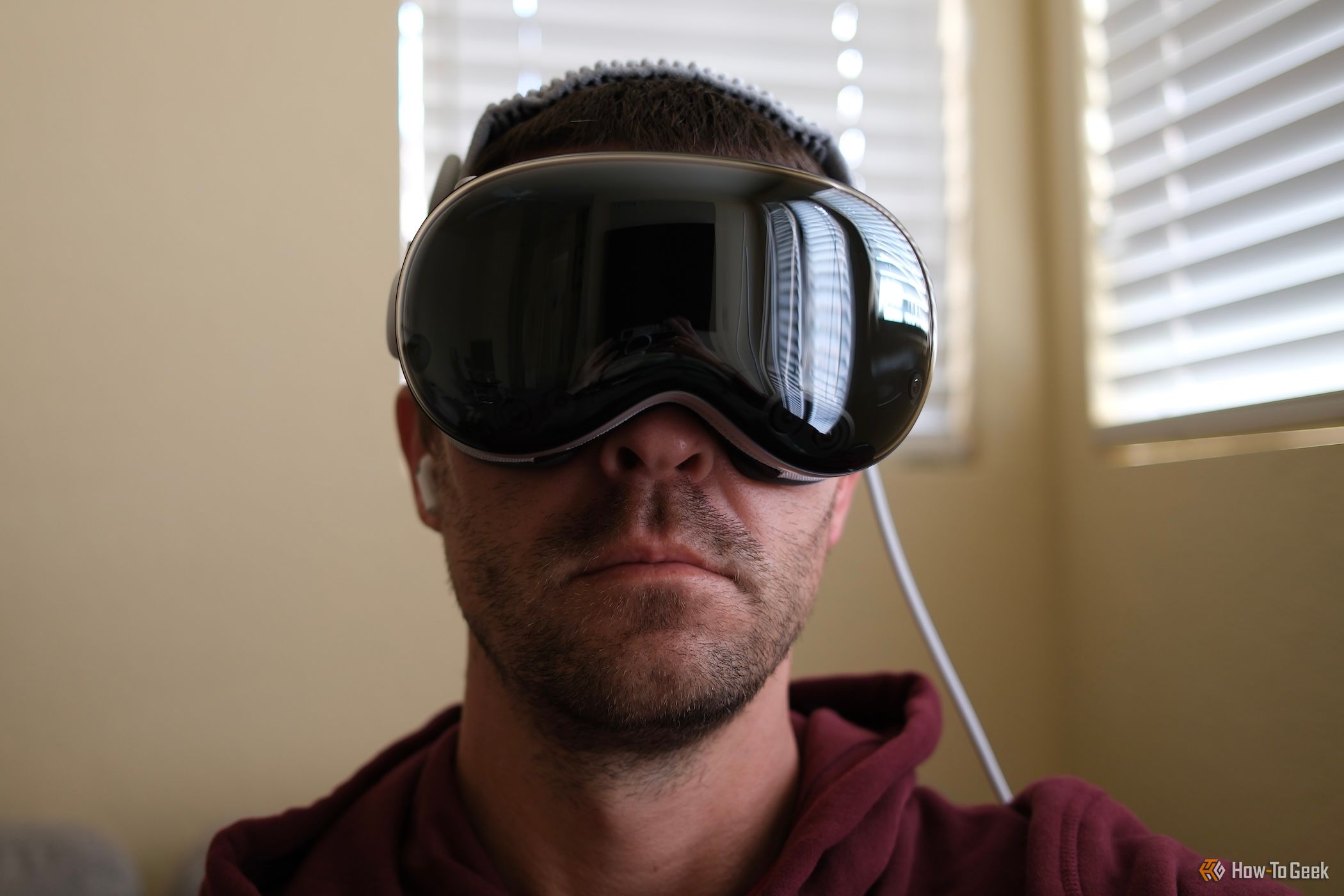
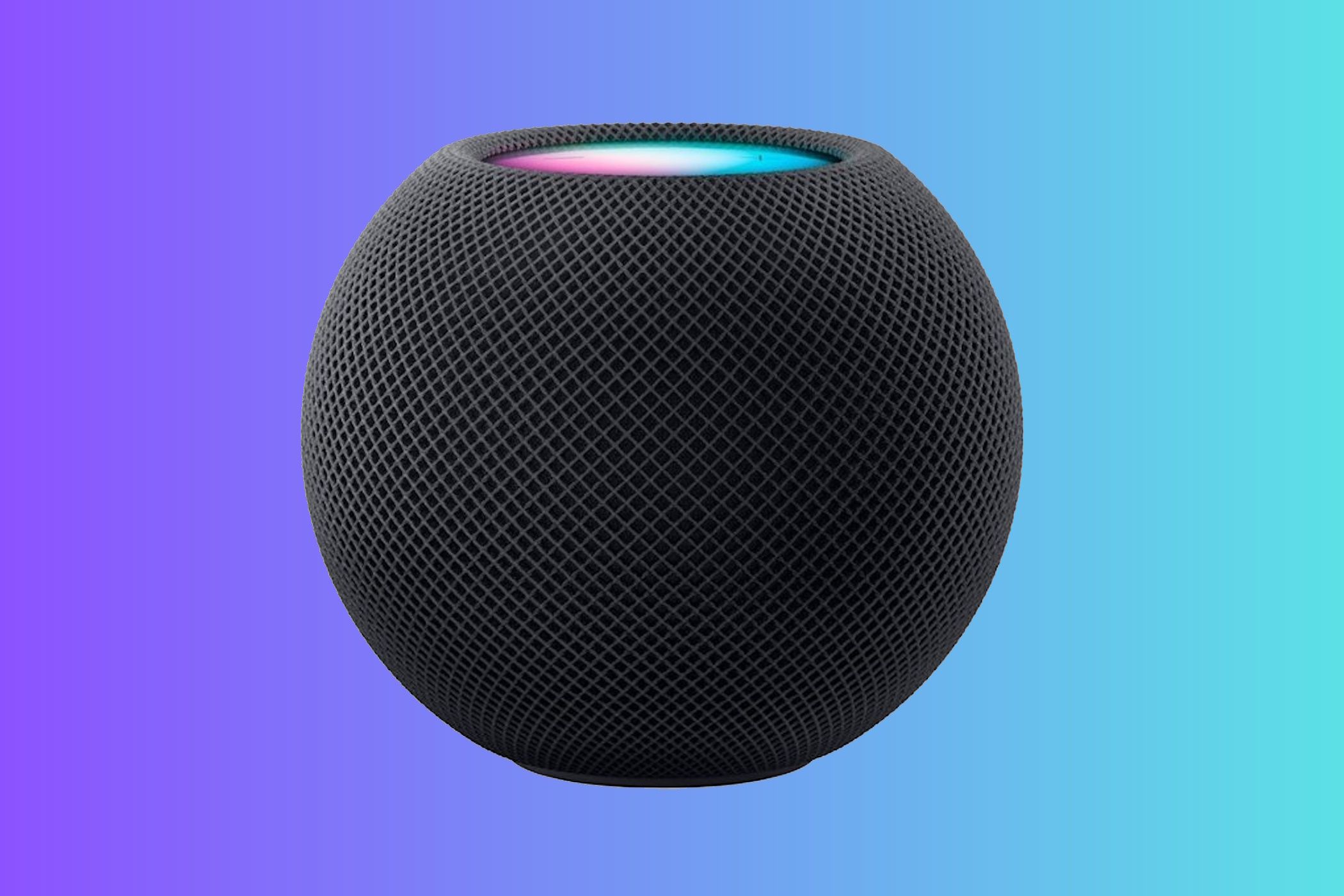
دیدگاهتان را بنویسید